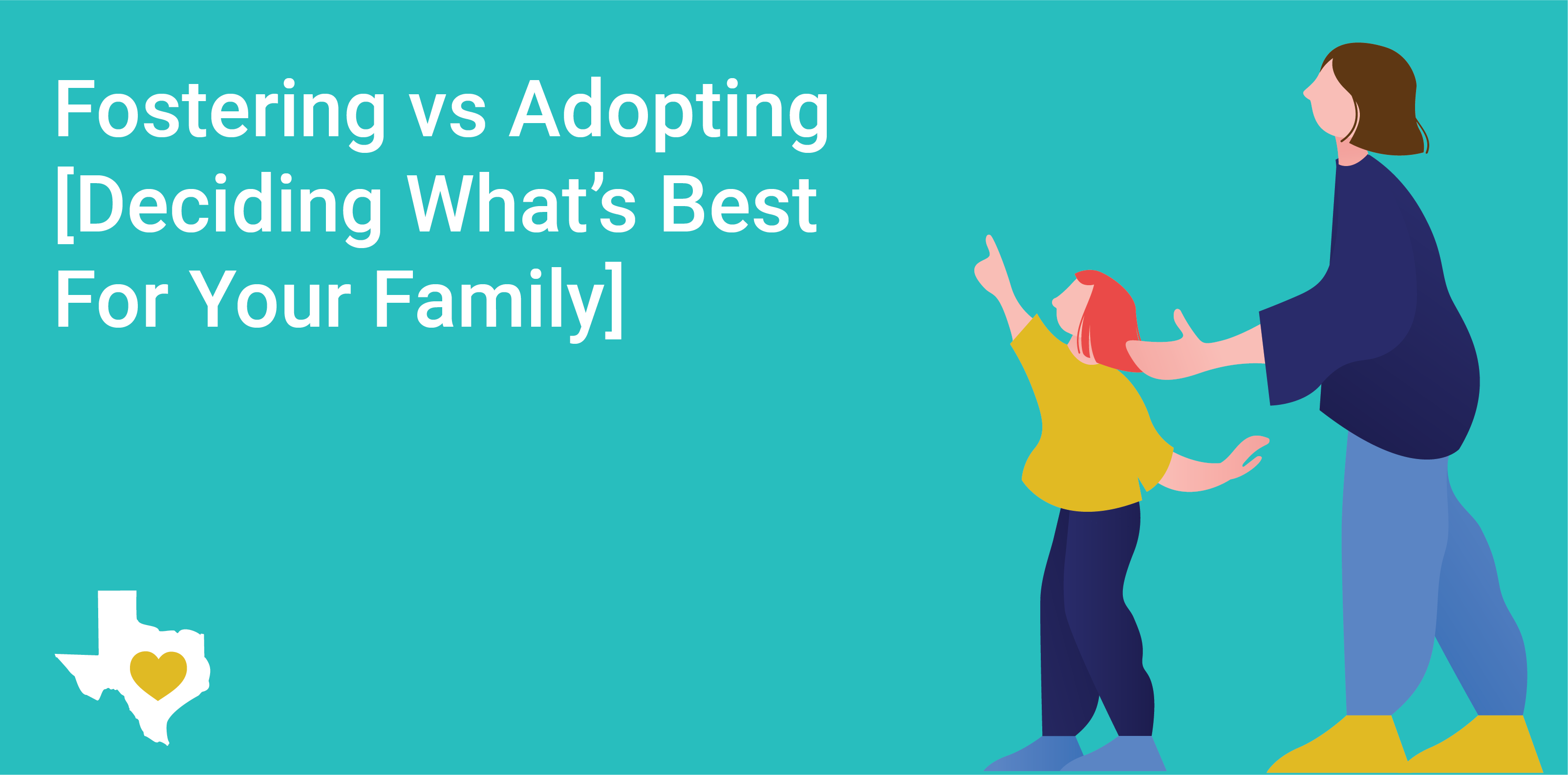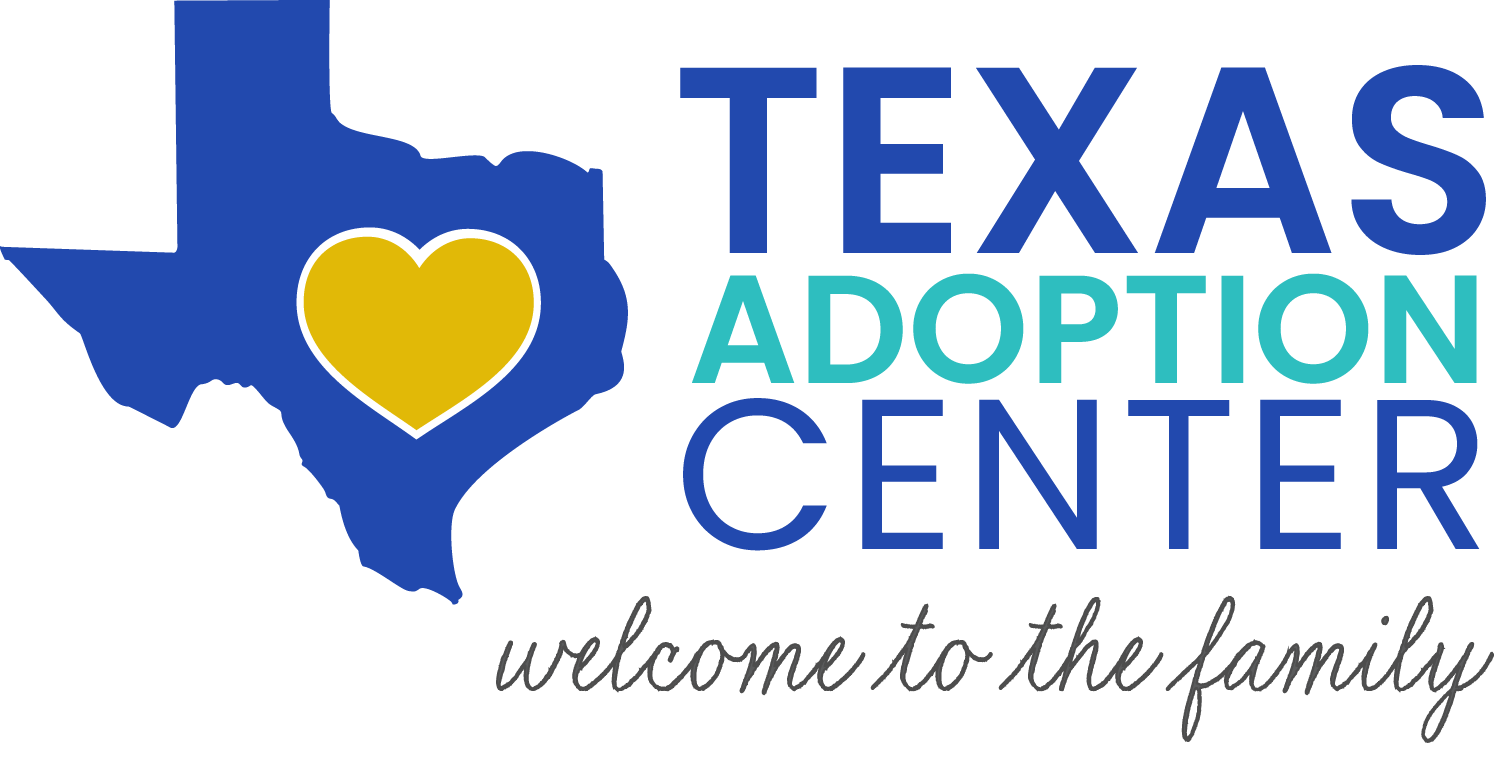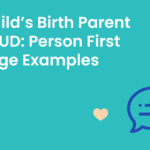
Adoption and fostering are both deeply rewarding paths that can bring a great deal of joy to your family. But they’re also very different experiences, each with its own unique set of challenges and rewards.
If you’re considering either fostering or adoption for your family, it’s important to understand the differences between them so you can make an informed decision about what’s best for your situation.
In this blog post, we will explore fostering vs adopting in detail — including how the two processes differ, their respective benefits and drawbacks, and other considerations that may impact your choice. With this information in hand, you will be better equipped to decide which path is right for you and your family.
Fostering and Adopting Defined

Foster Parents Defined
Fostering is when a family takes in a child or children who are in need of care, usually through an official fostering agency. Children who are in need of foster care are usually the victims of abuse or neglect by their biological family and could require specialized care.
The fostering process begins with the prospective foster parents completing an application, background checks, home study, and attending numerous assessments.
Once approved, they provide for all of the needs of a foster child, including food, shelter, school, medical, dental, etc. The state remains the conservator of the child until such time that reunification with the birth family is safe or the determination is made to move forward with termination of parental rights. They become temporary caregivers or legal guardians of the child(ren) for a specified period of time — this could be anywhere from weeks to months or even years.
The Purpose of Foster Families
The goal of foster care is almost always reunification or family/kinship placement. In the event that neither is possible, the court will make the determination to terminate parental rights while keeping the foster children in care; in some cases, the child will become legally free and clear for adoption, and in other cases, the child will remain a ward of the state.
Each case is different, making foster care less predictable than adoption.
Adoptive Parents Defined
Private adoption, on the other hand, involves the permanent legal transfer of parental rights from one person to another. When birth parents choose private adoption for their child, they are voluntarily relinquishing their parental rights and placing their child(ren) with the adoptive parents, who must go through a lengthy application and assessment process in order to be approved for adoption.
Prospective adoptive parents are required to complete background checks and an approved home study screening. Once approved and placed with the child, they are legally responsible for all aspects of raising the child as their own. This adoption typically becomes permanent around 6 months post placement but can vary depending on the State.
Benefits and Drawbacks of Fostering
The key similarity between foster care and adoption is that both involve providing a loving home for children who need one. But there are also important differences between the two processes, which we will now explore in more detail.
Fostering can be a great way to provide temporary care for a child in need, while also learning more about parenting and gaining valuable experience. It can also be seen as a pathway to adoption, as fostering parents may have the opportunity to adopt the child they are fostering.
The typical requirements to become a foster parent are somewhat less stringent than those for adopting. The reason for this is the state remains the legal guardian of the child. There are checks and balances in place when a child is in foster care.
The Drawbacks
Fostering also comes with its own unique set of challenges. For one thing, fostering families do not have full parental rights — meaning they can’t make major decisions for the child without consulting social services or other authorities.
Foster carers also may not always know how long the fostering placement will last, which can be difficult to plan for in terms of childcare and other commitments. It is important to keep in mind that foster care is meant to be temporary and reunification with biological parents is the goal. If reunification is not possible, every effort will be made to locate an appropriate/safe/protective relative who is willing to assume responsibility for the child.
It is not uncommon for children to remain in the custody of the state (temporary or permanent managing conservatorship) without ever becoming eligible for the adoption process.
Advantages and Disadvantages of Adopting
Adoption is a commitment that brings with it a great deal of responsibility and long-term dedication. Adoptive parents become the child’s legal guardian, with the same rights and responsibilities as if they had given birth to them. This means that prospective parents must be prepared for a lengthy application process and many interviews before being home study approved.
To be qualified to adopt a child, adoptive parents must pass numerous medical, psychological, and criminal background checks. Adoptive parents must demonstrate financial stability and complete a series of pre-adoption classes, depending on the state where they are adopting.
That said, adoption also brings its own unique set of rewards — it offers an adoptive family the chance to give a child in need a lifelong home, and can often provide an adopted child with a sense of stability in a forever home, that fostering may not always be able to deliver.
Fostering vs Adopting: Factors to Consider
Before making the decision to foster or adopt, it’s important to consider both your current circumstances and your long-term goals. These matter because fostering and adoption come with different levels of commitment. Ask yourself questions such as:
- Are you prepared for a lengthy application process?
- How much flexibility can you offer in terms of fostering/adopting a child with special needs?
- Do you have the financial resources to support fostering or adopting?
- How far are you willing to travel in order to foster or adopt a child?
- Are you prepared to make a long-term commitment if you choose adoption?
- Are you prepared for the possibility that the placement could be temporary?
- Are you prepared to deal with the aftereffects of trauma, abuse, or neglect that the child or children have been exposed to?
- Are you prepared to have a foster placement disrupted without explanation?
Fostering vs Adopting: Financial Considerations
In addition to the emotional and psychological considerations when fostering or adopting, there are also financial aspects to take into account.
For fostering, this includes the cost of background checks, home studies, and other fees associated with fostering an individual child or a group of siblings. For example, fostering an infant may require specialized equipment and supplies, and the cost could run into the thousands of dollars. While there are financial subsidies to alleviate some of the financial burden, ultimately the foster family will be responsible for making sure the child’s needs are met.
On the other hand, adoption comes with a higher cost. It usually involves paying agency fees, legal fees, and other costs associated with the process. To give you an idea, adopting a child from the U.S. typically ranges between $30,000 to $60,000.
Ultimately, fostering and adopting are both rewarding experiences, but each path has its own set of challenges and benefits. Before making a decision, it’s important to consider all the factors involved. This can help ensure that you make an informed decision that aligns with your personal and financial goals.
Considering Adoption? Texas Adoption Center Can Help
If you’re leaning toward adopting a child in Texas, the experienced and caring team at Texas Adoption Center is here to help. Our dedicated staff can guide you through the entire process, from understanding adoption laws to completing paperwork and home studies.
Reach out to us today to learn more about how we can help you build a loving home.






